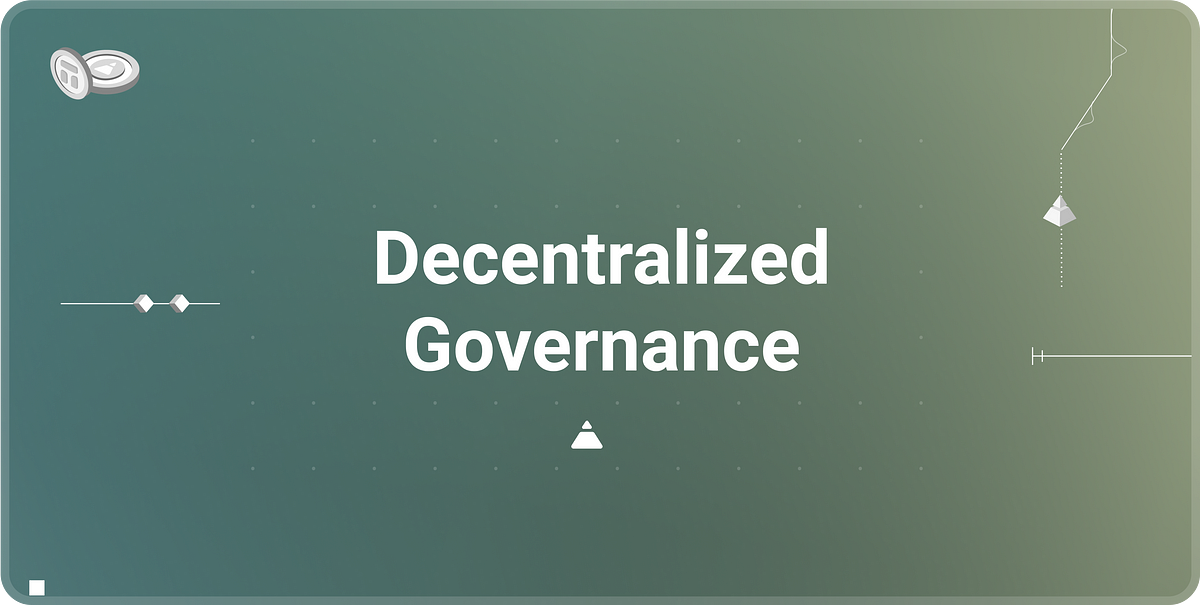An Optimistic Governance model allows a core group of elected actors to enact proposals on behalf of the community. This form of governance is considered “negative consent” because in the happy path, there is no intervention from token holders to enact a proposal. Enough stakeholders need to actively block a new proposal for it to not take effect. ... See more

